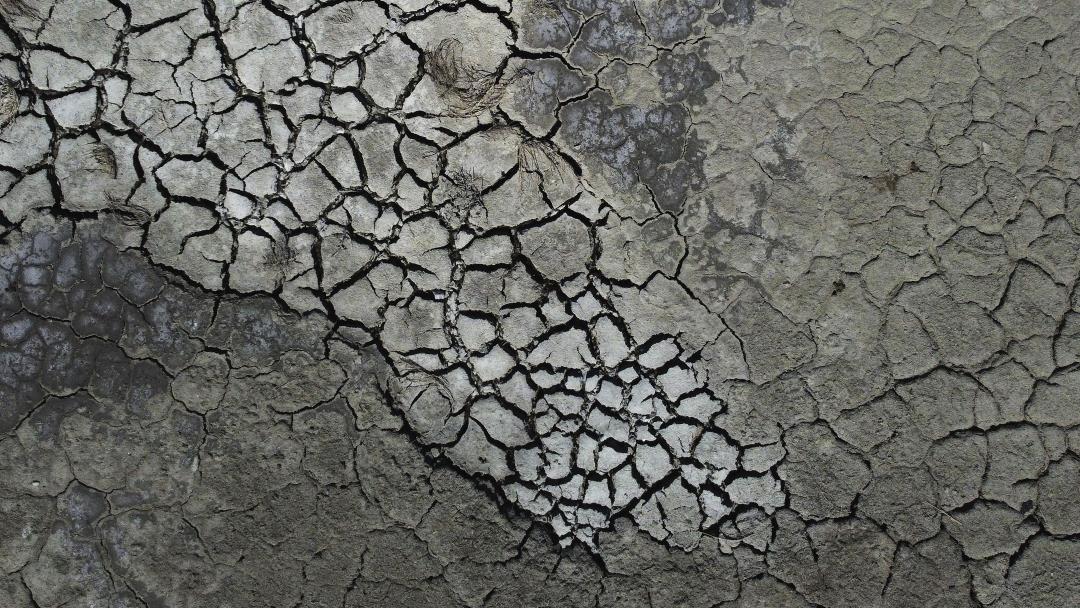
Dust blowing off the arid areas surrounding the receding Great Salt Lake is now contaminating the famously pristine white snow on nearby slopes, causing it to melt prematurely. This is a significant problem with wide-ranging consequences for Utah, as reported by Smithsonian Magazine. A study published in Environmental Research Letters by University of Utah hydrologist McKenzie Skiles and her team explored the issue of dirty snow on slopes near the lake. Their findings revealed that in 2022, snow covering the Wasatch Mountains had the highest level of dustiness recorded in 14 years of research. The study found that approximately 50% of the dust originated from a desert-like region west of the city, while a quarter of it came from the Great Salt Lake itself.
The dust accelerates the melting process of the snow, resulting in a shorter ski season at popular resorts. This not only diminishes tourist revenue but also adds strain to water systems, according to Science News. These systems are designed to handle a gradual flow of meltwater, not sudden surges. Furthermore, the faster loss of snow cover increases the risk of wildfires in dry forests. The study revealed that the dirtier snow caused the regional snowpack to melt 17 days earlier in 2022, as reported by Phys.org. “Although 17 days may not seem significant, our current snowmelt models do not account for the impact of dust,” says Skiles. The dust situation is expected to worsen in the future.
Smithsonian Magazine explains the existence of a “vicious cycle”: “When the snow melts earlier in the spring, the landscape dries out more rapidly during the summer’s heat. This drier landscape then contributes more dust to the snow, further accelerating its melting.” The shrinking Great Salt Lake exacerbates the problem, as a smaller lake leads to a reduced snowpack in the mountains. Earlier this year, CNN reported that some scientists are concerned that the shrinking lake could result in the widespread danger of a “toxic dust bowl.” Bonnie Baxter from the Great Salt Lake Institute at Westminster College in Salt Lake City describes it as “an ecological disaster that will evolve into a human health disaster.” (Read more Great Salt Lake stories.)
Denial of responsibility! VigourTimes is an automatic aggregator of Global media. In each content, the hyperlink to the primary source is specified. All trademarks belong to their rightful owners, and all materials to their authors. For any complaint, please reach us at – [email protected]. We will take necessary action within 24 hours.


